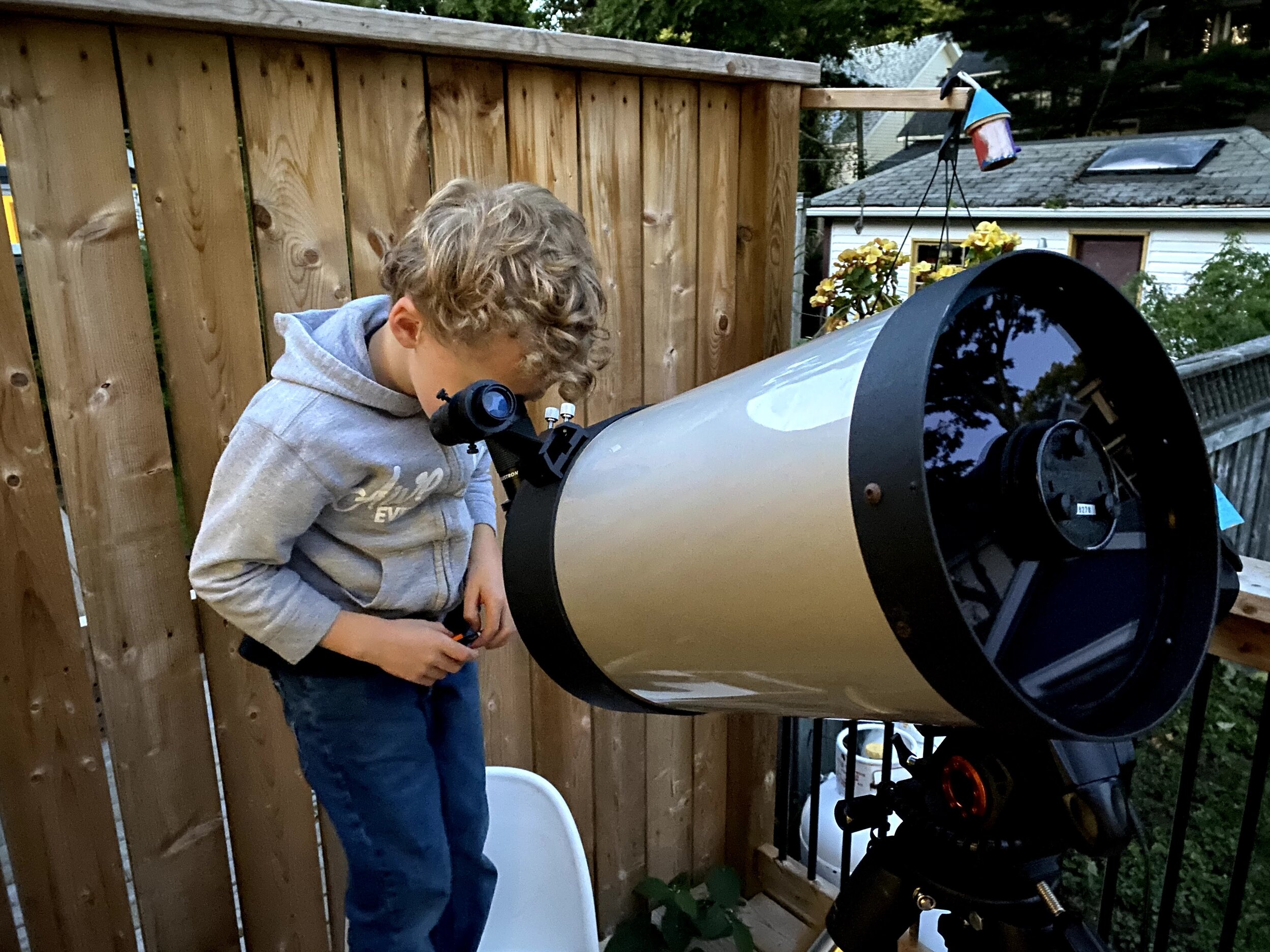
Welcome to the Astronomy Challenge!
A resource for beginner stargazers and educators who simply need a place to start. This series will help you explore the night sky one simple challenge at a time. Content is based on the 50 Things to See with a Telescope book series. If you want to follow along, check out the 50 Things to See with a Telescope Activity Workbook, found here.
Challenge #1
The Big Dipper is the most famous star pattern in the sky. These seven stars represent many things to many different cultures. Can you identify it?
Challenge #2
The North Star is the most important star in the sky to learn to identify. And no, it’s not the brightest star in the sky, far from it. But, if you live south of the equator, the North Star is not visible at all! Find out why!
Challenge #3
Opposite from the Big Dipper from the North Star lies one of my favorite constellations. Cassiopeia. This constellation forms what is known as “The Big W” and is home to many beautiful open star clusters.
Challenge #4
There are many stargazing targets that can be seen from your backyard but there are some things that you just can’t see unless you have dark skies. This makes a fun family outing and prepare to be awed by just how much there is to see and how bright the Milky Way can be!
Challenge #5
When the moon is out (especially when it is full) it can make it hard to observe other celestial objects. So when the moon is out, look at the moon! There is so much to see on it!
Challenge #6
The Summer Triangle is made up of bright stars from three constellations. Since it is a simple pattern, it might be easier to look for the Summer Triangle first and then use that to identify the others.
Challenge #7
Did you know that Venus is the cause of most UFO sightings? Venus is very bright and can appear to follow you because it is so far away.
Challenge #8
Stargazing software can be your best friend but first you need to learn how to use it. Apps like Stellarium can help you know what area of the sky to search for a certain object or when a planet will be visible.
Challenge #9
Astronomers have an unofficial challenge to see who can observe the youngest moon. The arrival of the new moon has been used in the calendar systems of many different people so being able to spot it was important for time keeping.
Challenge #10
Whether you are enjoying a summer evening in your backyard or out on a camping trip, identifying the summer constellations can be a lot of fun.
Challenge #11
As the moon waxes (gets bigger) and wanes (gets smaller) Earth’s shadow moves across its surface. The place where the shadow and light meet is called the Terminator and this is where the best viewing is. The sharp contrast allows us a better view of the moon’s many features.
Challenge #12
We live in the Milky Way Galaxy and in dark skies we can see the bright edge of our galaxy spread across the sky from one side to the other.
Challenge #13
As the seasons change, so do the constellations over head. Grab a sweater and some hot cocoa and enjoy the Autumn constellations!
Challenge #14
The International Space Station or ISS is always taking beautiful pictures of Earth from space. Did you know that you can actually watch it soar overhead? You don’t even need a telescope to view this amazing achievement of science, technology, and cooperation. If you do want a closer look, use a dobsonian telescope so that it is easy to track the ISS as it moves across the sky.
Challenge #15
While a lot of focus is placed on constellations there are five stars that are really good to know all on their own.
Challenge #16
Who doesn’t love seeing a shooting star? How about a bunch of them at once? A meteor shower is a great time to just watch the sky and maybe introduce someone to the wonders for the night sky for the first time. But what is the difference between a Meteor, a Meteorite, and a Meteoroid?
Challenge #17
While you might need to bundle up a bit more, there are many constellations to see in the winter sky.
Challenge #18
The Winter Hexagon
Challenge #19
Spring Constellations
Challenge #20
A conjunction is when two or more planets or the moon are in around the same place at the same time. This can make for an especially spectacular view!
Challenge #21
Rare Astronomical Events like Occultations
Challenge #22
So you got a new telescope and can’t wait to use it, until you try and it just doesn’t work the way that you had hoped. This video will help you get the most out of your beginner telescope and hopefully remove some of the frustration.
Challenge #23
Learn to stargaze with binoculars!
Challenge #24
In this video, we’ll cover the top 3 winter stargazing targets for binoculars.
Challenge #25
In this video, we’ll cover the top 3 winter stargazing targets for a small telescope.
Challenge #26
In this video, I’ll show you how to see the Moon through your telescope.
Challenge #27
In this video, I’ll show you which telescope targets are visible on any night of the year!
Challenge #28
In this video, I’ll show you how to use your telescope to see the planets in our Solar System!
